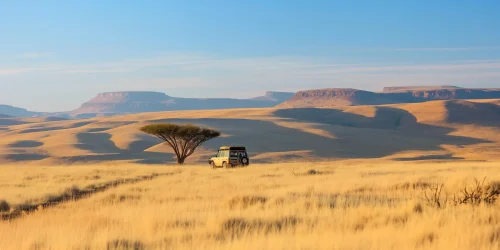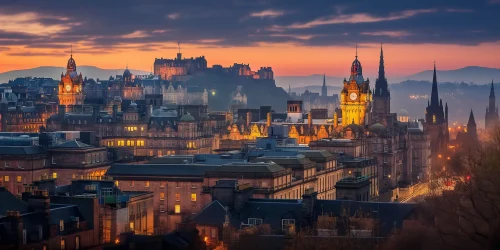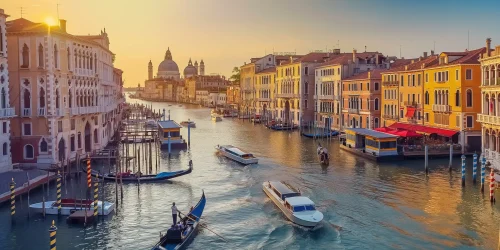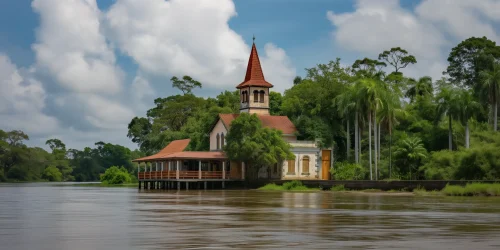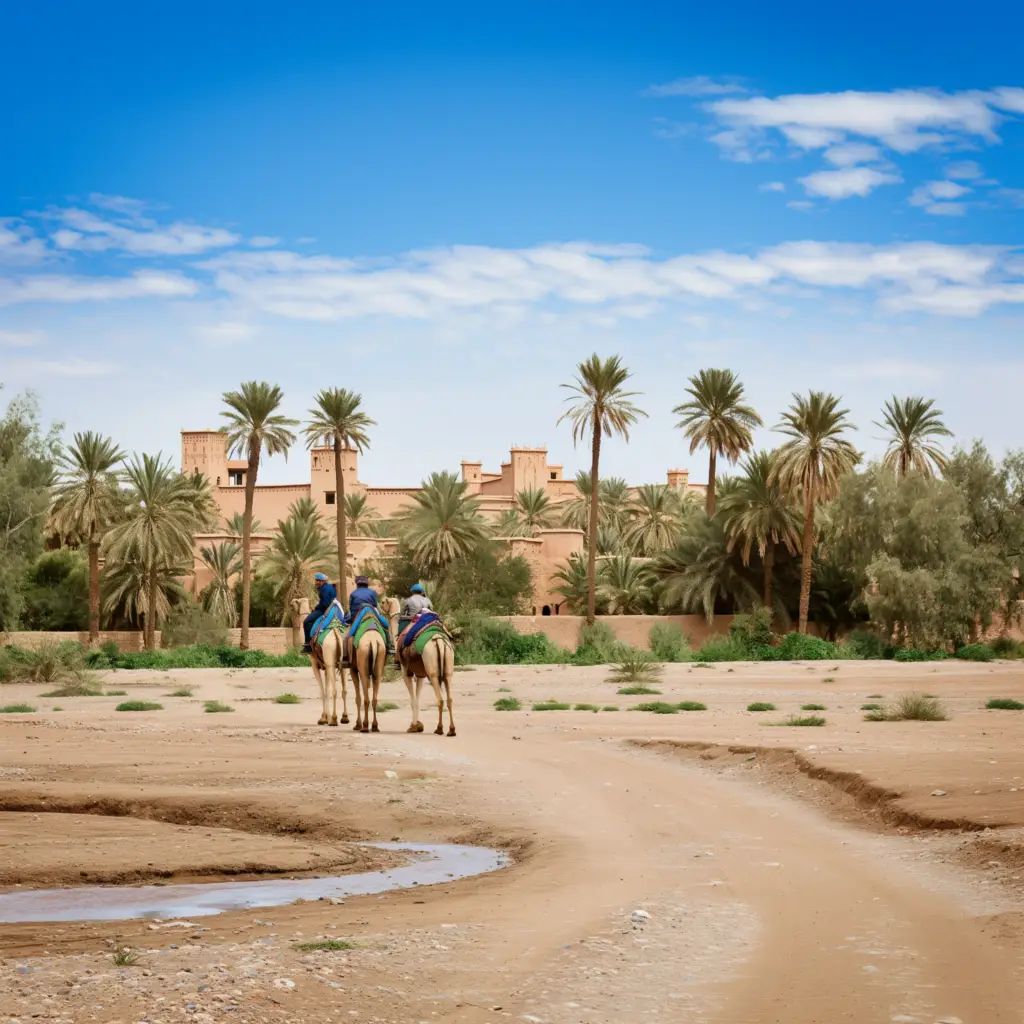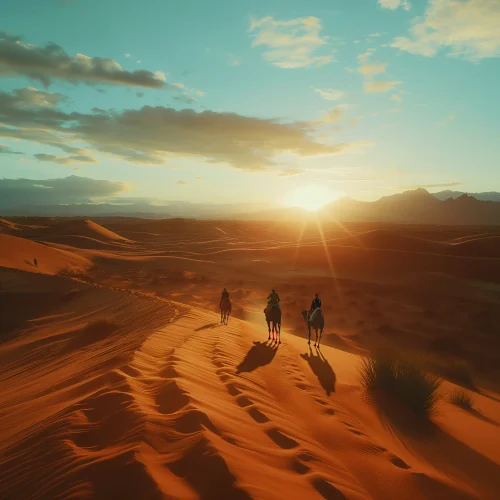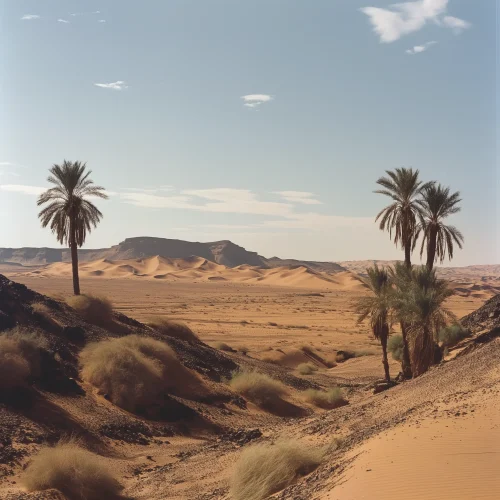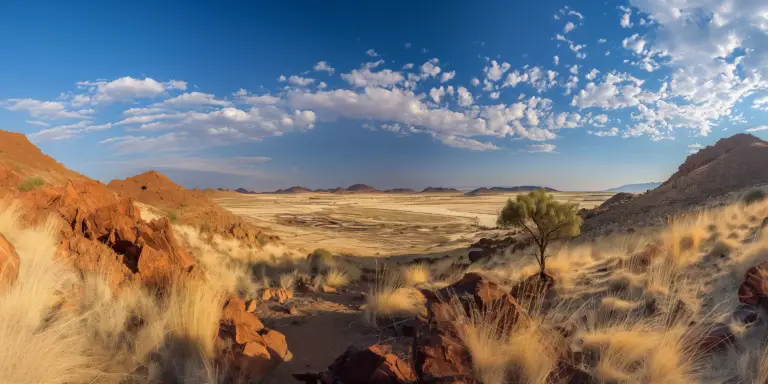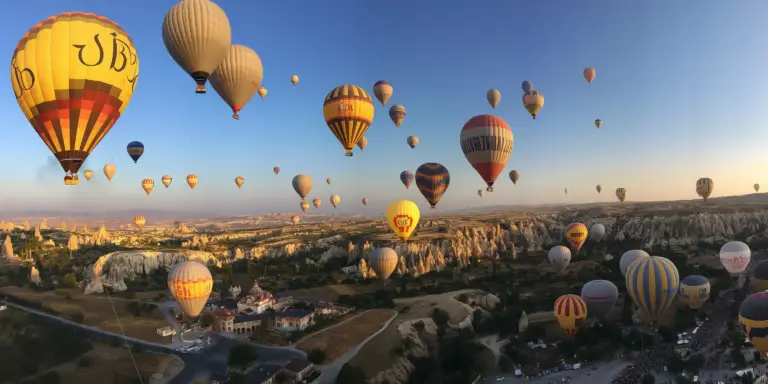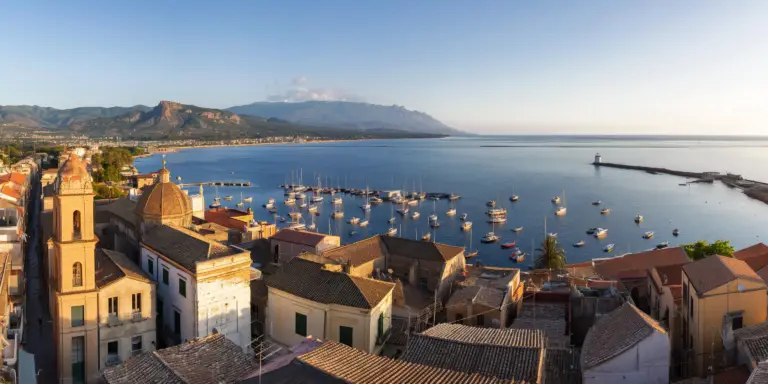Zagora, a town in the Draa Valley of southeastern Morocco, is often celebrated as a gateway to the Sahara Desert. This small, but historically rich town is known for its proximity to some of Morocco’s most beautiful desert landscapes, including vast stretches of date palm oases and rugged mountain scenery. The town itself is steeped in history, serving as an important caravan trading post on the ancient Saharan trade routes that connected Morocco with Sub-Saharan Africa.
The iconic sign in Zagora, stating “Timbuktu 52 days,” symbolizes the town’s historical role as a starting point for the arduous camel caravans that would venture through the Sahara to Mali. This historical significance is echoed in the local architecture and the weekly souks where a mix of cultures and traditions can be seen in the bustling trade of spices, textiles, and artisan crafts. The area around Zagora also hosts several kasbahs and ksours, ancient fortified villages that speak to the region’s strategic importance and its rich architectural heritage.
Today, Zagora is a popular destination for those looking to experience the Moroccan desert. Tourists can embark on camel treks, overnight camping trips into the dunes, and explore the verdant Draa Valley, famous for its lush palm groves and traditional mud-brick architecture. The town also celebrates the Moussem of Zagora, a cultural festival that features traditional music, dance, and camel races, drawing visitors keen to experience the vibrant local culture amidst the serene desert landscape.
